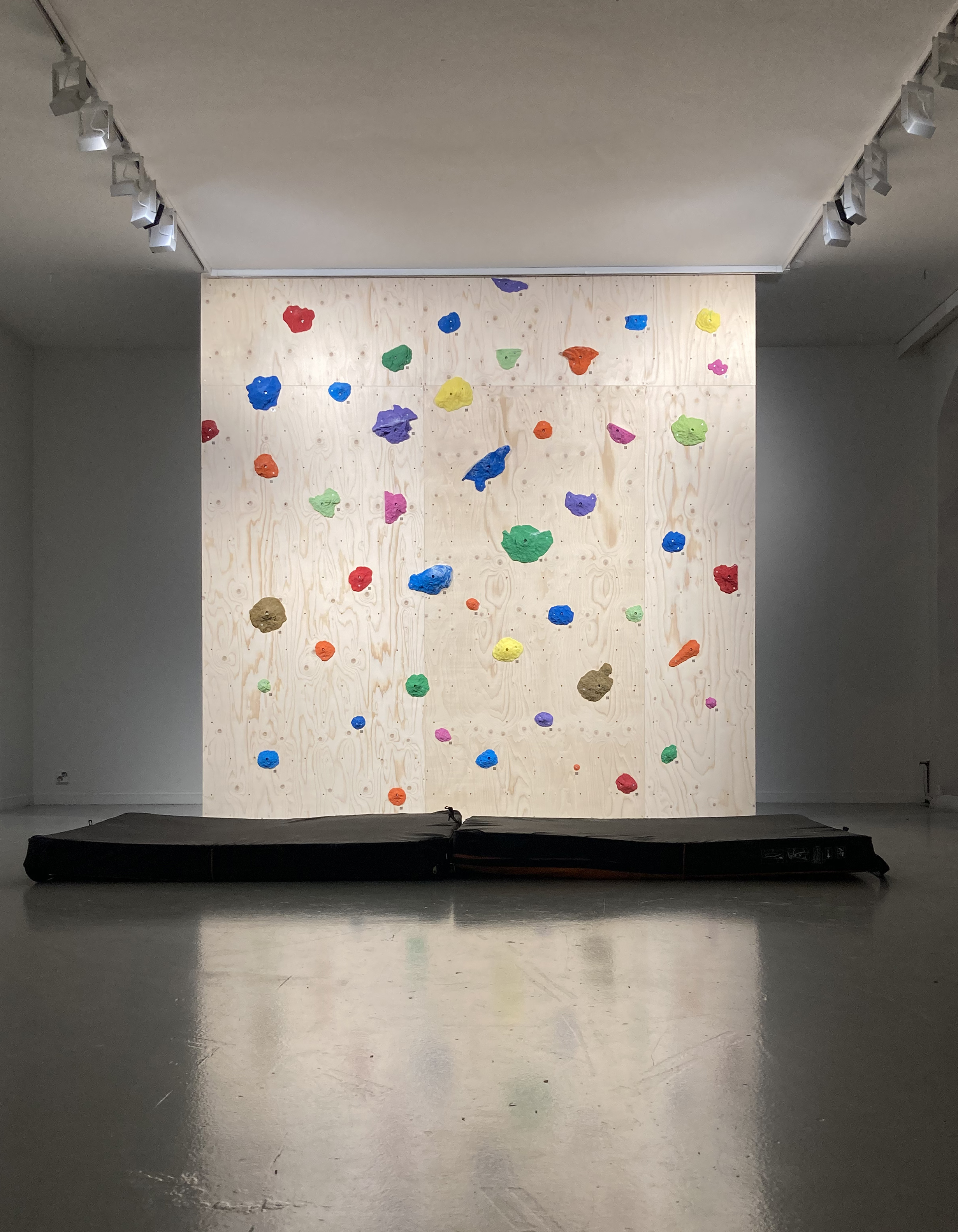Leave no Trace
8.10–24.10.2021, Exhibition Laboratory, Project Room, Helsinki
A negative space - a space of absence often becomes a space for memory. Craters left by mortar shells filled with red resin in Sarajevo known as Sarajevo Roses; footprints of the destroyed Twin Towers in Manhattan turned into giant pools of the Ground Zero Memorial or the bullet traces on the yard wall of Auschwitz concentration camp, known as, The Death Wall. These empty spaces are meant to keep silence rather than tell us something. Especially in the case of ethnically rooted conflicts, such nonverbal memory reservoirs become an alternative to textual memorial plaques, often failing to be neutral. Dr Mirjana Ristić describes the phenomena of Sarajevo Roses as “silent places of memory which allow passers-by to construct their personal versions of memory and multiple narratives about the city’s history.”
Many places in Helsinki still bear traces of World War II – wounds left by bombshells on the granite of city walls. Do they act as a mark of value for the collective memory? History without memory is as unreadable as a flat wall made of granite. There is nothing to hook on to. The act of climbing is a way of understanding. As a Russian with Finnish roots, I think of the complex relationships between these two countries on a very personal level. During the war, my grandfathers were literally on the opposite sides of the border. One was witnessing the bombardment of Helsinki by the Soviets while the other one survived the airstrikes of the Finnish army in Petrozavodsk. I climb these traces in an attempt to understand these complex relationships.

I make casts from the bombing traces on the Helsinki city walls. I fill these craters with resin. I cast the traces of bombings with the same resin that is in use for the mass production of climbing holds for indoor sport climbing. The installation in the gallery looks and acts like a climbing wall. Throughout the duration of the exhibition, a few climbing performances took place. I climbed these rhizomatic war memorials, while doing so I consider the micro-histories of the city and its psychogeography. By practising different routes on the wall one can bridge different places / locations / events in the sequence of body movements.